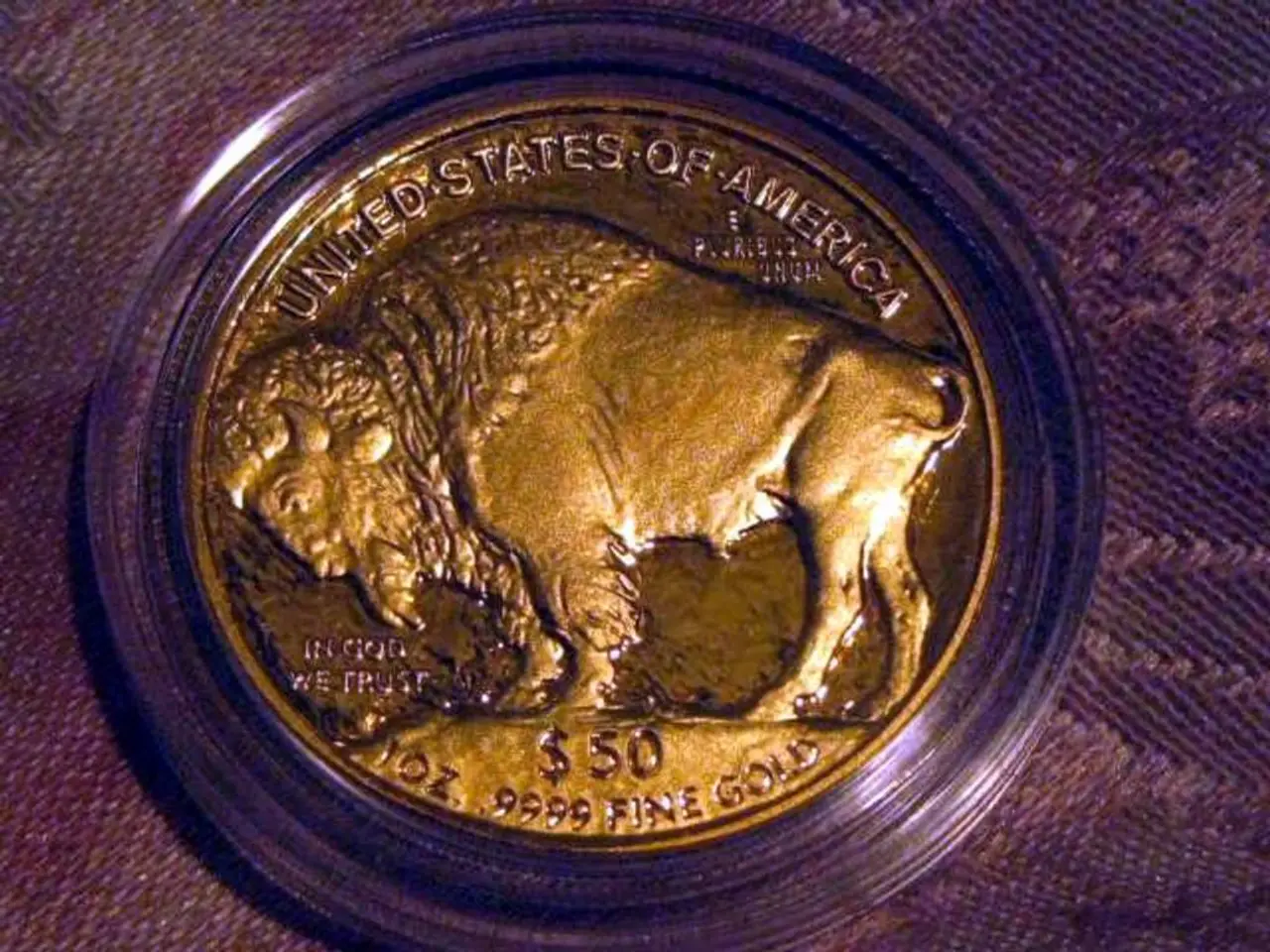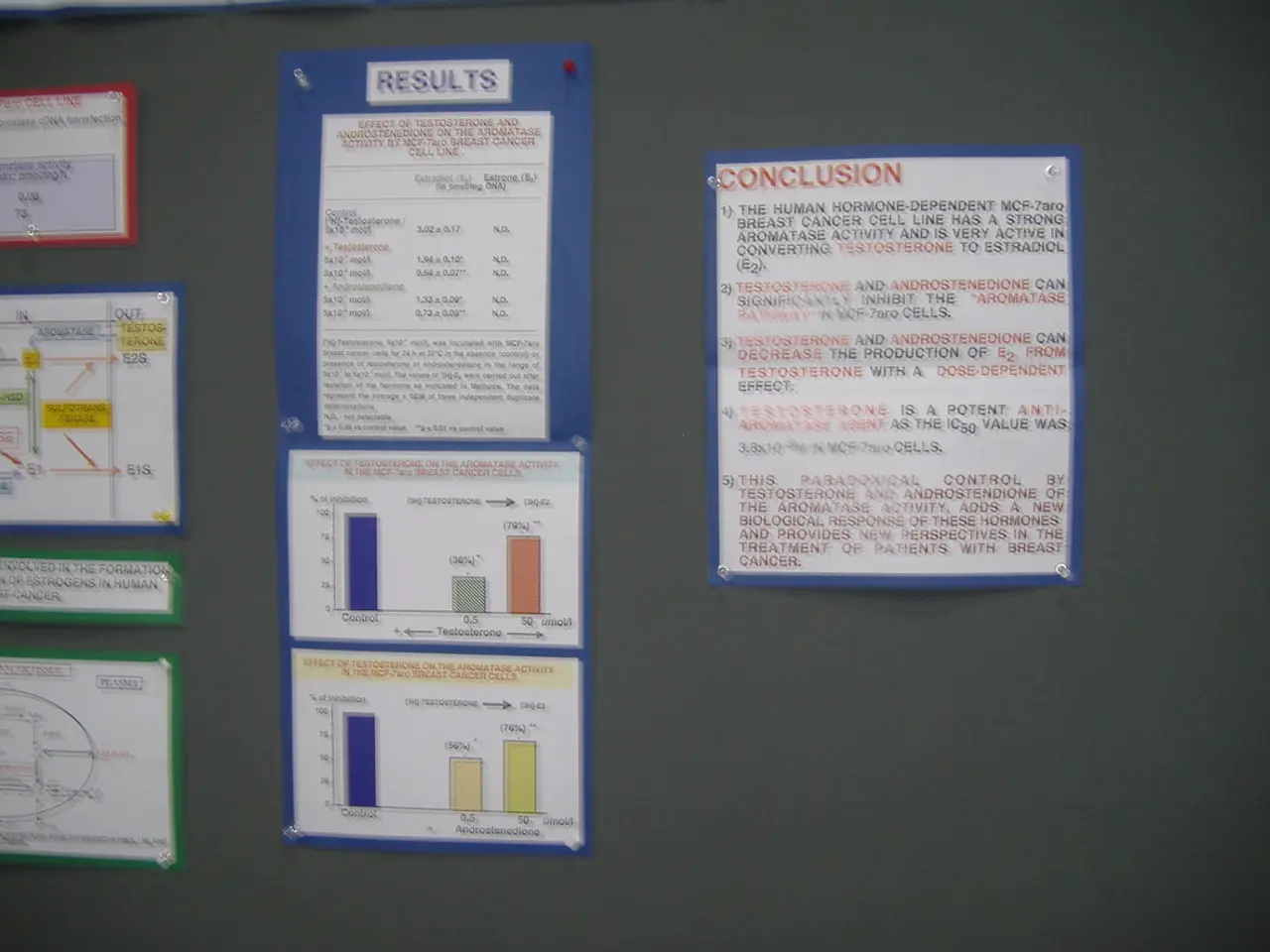In retrospect:
In the heart of the Middle Ages, the Hanseatic League emerged as a powerful coalition of merchant guilds and towns that revolutionized trade and politics in northern Europe. The term "Hanse", derived from a Gothic word, originally signified a guild, association, or troop. However, in the context of the Hanseatic League, it became the foundation for a collective merchant identity[1].
The Hanseatic League was more than just an economic alliance; it was a political and social identity that united powerful trading cities under common rules and cooperation[1]. This League, which existed from around 1175 to 1669, was primarily composed of north German towns and merchant communities, dominating trade in the Baltic and North Sea regions from the 13th to the 15th century[1].
The League had a profound impact on the identity and political structures of its member cities. By fostering cooperation, mutual defense, conflict resolution, and standardized trade practices, it gave these cities collective influence beyond their individual scopes[1].
Lübeck, a strategic city on the Baltic Sea, played a central and foundational role in the Hanseatic League. It was the leading and most influential city within the League due to its key location and its ability to act as a hub for trade between the Baltic region and northwestern Europe[two sources: 1,4]. Lübeck helped initiate and control the League's formation and growth, serving as the principal meeting point, political center, and symbolic capital of the League. Its dominance shaped the League’s institutional structures and governance, setting precedents for negotiating trade privileges and diplomatic relations with other states[two sources: 1,4].
The unity of merchants was crucial for survival in the unpredictable trade of the Middle Ages. In 1298, the mention of the Hanse was more than a linguistic coincidence, as it signified that merchants recognized their connection as part of a larger entity[2]. The merchants were linked by shared routes, rights, and rules in 1298[2]. The use of the term "Hanse" marked a turning point in European trade history, giving the previously loose connection of North German merchants and cities a clear identity[2].
The 1298 designation laid the foundation for later political structures of the Hanseatic League. Uniform trade privileges and joint protective measures emerged from the growing need for clear affiliation[2]. The Hanseatic League's meetings, like the Hansetage, originated from the need for clear affiliation[2]. The League's political developments were significant in the history of the city league, with Lübeck at the center of an extensive trade network in 1298[2].
In summary, the Hanseatic League was a game-changer in medieval Europe. It united merchants and cities, fostered cooperation, and established a political and economic identity that transcended individual city boundaries. Lübeck, with its strategic location and influential role, played a pivotal part in this historical development.
[1] "The Hanseatic League: A Historical Overview." The Hanseatic League, www.the-hanseatic-league.org/hanseatic-league-a-historical-overview.html. [2] "The Hanse: A Brief History." The Hanse, www.the-hanse.com/brief-history. [3] "The Hanse: A Historical Overview." The Hanse, www.the-hanse.com/hanse-historical-overview. [4] "Lübeck and the Hanseatic League." Lübeck, www.lubeck.de/en/city-and-region/luebeck-and-the-hanseatic-league.
The Hanseatic League was a powerful organization of mostly north German towns and merchant communities that dominated trade in the Baltic and North Sea regions from the 13th to the 15th century. It was initially a network of trading associations ("Hansen") that gradually developed a formal political and economic alliance. This League had a distinct impact on the identity and political structures of its member cities by fostering cooperation, mutual defense, conflict resolution, and standardized trade practices, effectively giving these cities collective influence beyond their individual scopes[1].
Lübeck's role was central and foundational in the Hanseatic League. It was the leading and most influential city within the League due to its strategic location on the Baltic Sea, acting as a key hub for trade between the Baltic region and northwestern Europe. Lübeck helped initiate and control the League's formation and growth, serving as the principal meeting point, political center, and symbolic capital of the League. Its dominance shaped the League’s institutional structures and governance, setting precedents for negotiating trade privileges and diplomatic relations with other states[two sources: 1,4].
The term "Hanse" gave this union a collective voice for the first time. The Hanseatic League was more than just an economic alliance; it was a political and social identity that united powerful trading cities under common rules and cooperation[1]. This League, which existed from around 1175 to 1669, was primarily composed of north German towns and merchant communities, dominating trade in the Baltic and North Sea regions from the 13th to the 15th century[1].
The League had a profound impact on the identity and political structures of its member cities. By fostering cooperation, mutual defense, conflict resolution, and standardized trade practices, it gave these cities collective influence beyond their individual scopes[1]. The unity of merchants was crucial for survival in the unpredictable trade of the Middle Ages. In 1298, the mention of the Hanse was more than a linguistic coincidence, as it signified that merchants recognized their connection as part of a larger entity[2]. The merchants were linked by shared routes, rights, and rules in 1298[2]. The use of the term "Hanse" marked a turning point in European trade history, giving the previously loose connection of North German merchants and cities a clear identity[2].
The 1298 designation laid the foundation for later political structures of the Hanseatic League. Uniform trade privileges and joint protective measures emerged from the growing need for clear affiliation[2]. The Hanseatic League's meetings, like the Hansetage, originated from the need for clear affiliation[2]. The League's political developments were significant in the history of the city league, with Lübeck at the center of an extensive trade network in 1298[2].
In summary, the Hanseatic League was a game-changer in medieval Europe. It united merchants and cities, fostered cooperation, and established a political and economic identity that transcended individual city boundaries. Lübeck, with its strategic location and influential role, played a pivotal part in this historical development.
[1] "The Hanseatic League: A Historical Overview." The Hanseatic League, www.the-hanseatic-league.org/hanseatic-league-a-historical-overview.html. [2] "The Hanse: A Brief History." The Hanse, www.the-hanse.com/brief-history. [3] "The Hanse: A Historical Overview." The Hanse, www.the-hanse.com/hanse-historical-overview. [4] "Lübeck and the Hanseatic League." Lübeck, www.lubeck.de/en/city-and-region/luebeck-and-the-hanseatic-league.
- The Hanseatic League, which primarily consisted of north German towns and merchant communities, was more than just a business alliance; it served as a political and social identity unifying these trading cities under common regulations and cooperation.
- The League's influence extended beyond its member cities' individual scopes, as it cultivated cooperation, mutual defense, conflict resolution, and standardized trade practices, fostering a collective identity in the Baltic and North Sea regions from the 13th to the 15th century.




